Market research has come a long way from the yesteryears. Back in the day, we had a very microscopic outlook of the industry. Companies preferred SWOT analysis and other research tools that did not present a holistic picture.
Today, business holdings want more in-depth insights into the market, complete with the internal and external factors that can impact their industry. This is where PESTLE comes into the picture.
PESTLE is a research technique wherein we take the political, economic, social, legal, technological, and environmental factors of the industry into play. Now, almost anything from people to places and even countries!
PESTLE is not limited to merely business holdings and corporation. Let us expand the scope of this research tool and use the PESTLE methodology to analyse the country of Australia!
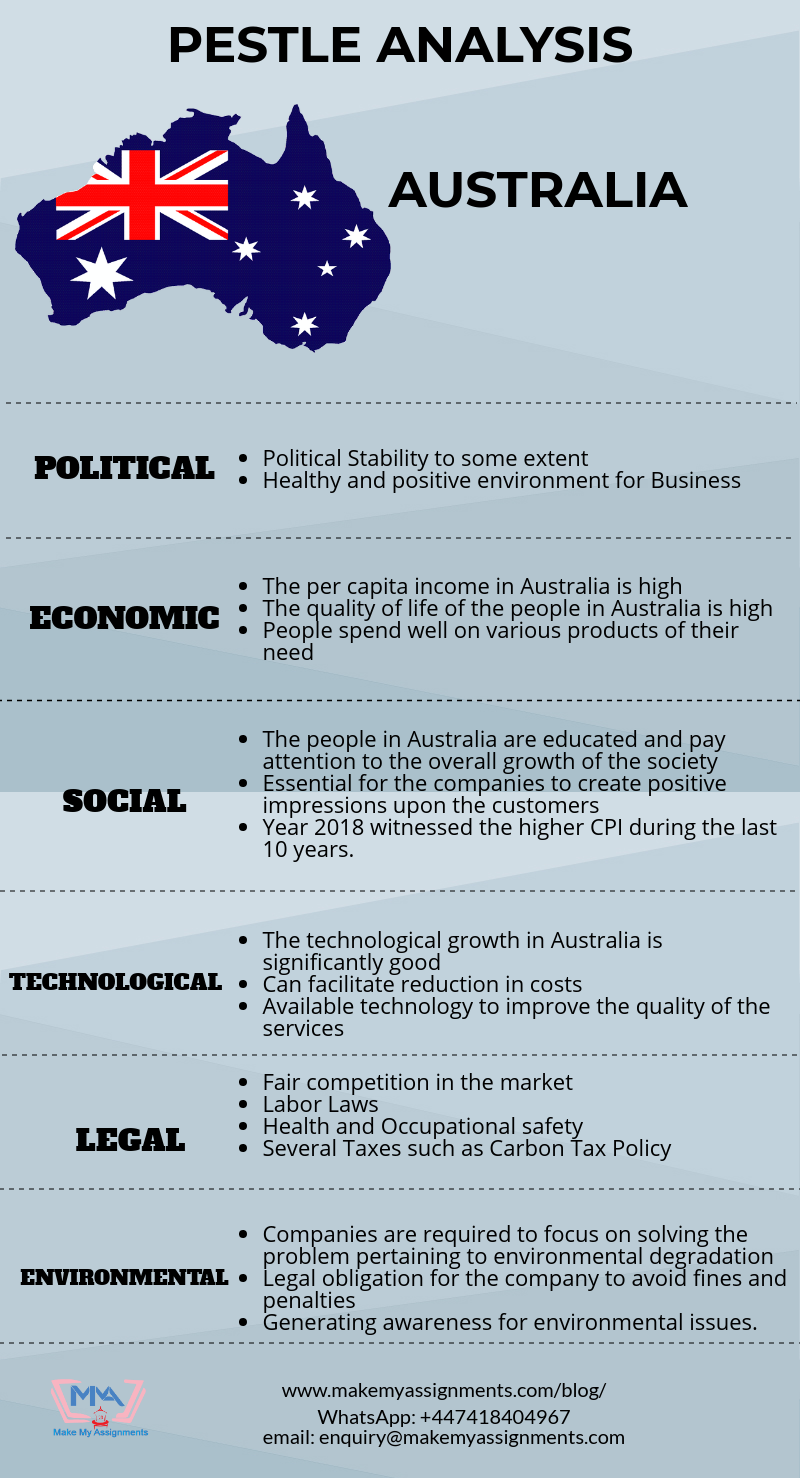
What is PESTLE analysis all about?
PESTLE is a marketing research technique which stands for- political, economic, social, technological, legal, and environmental factors. This methodology is both similar and different from a SWOT analysis. You can almost consider PESTLE to be an extension of the SWOT report.
In SWOT analysis, we consider micro factors like internal strengths/weakness and external opportunities/threats. In PESTLE, we consider the bigger picture. Here, students learn about external factors like political climate, social changes, cultural shifts, and their impact on the subject.
PESTLE analysis, therefore, is more holistic as it covers a broader range of perspectives. Here is a short PESTLE analysis of Australia that you can browse through.
Download PESTLE analysis of Australia with PDF template
Political factors
Political factors determine which government would be leading the people for a limited tenure. Australia started out as a colony of Great Britain and still continues to be a constitutional monarchy. Queen Elizabeth II still remains the head of the state.
Although Australia does have a bench of state-level and federal-level representatives. Plus, the queen is but a nominal figurehead, the country is actually headed by the Prime Minister. The current government maintains good international connections with OECD, World Trade Organisation, G20 and Commonwealth of Nations.
A few political hurdles like strained neighbouring relations with New Zealand and human rights violations affect the business climate. Overall, the political environment is very transparent, stable, and lucrative for attracting global investment.
Currently, a change in the economic policies by the government has made Australia a promising candidate for global business ventures.
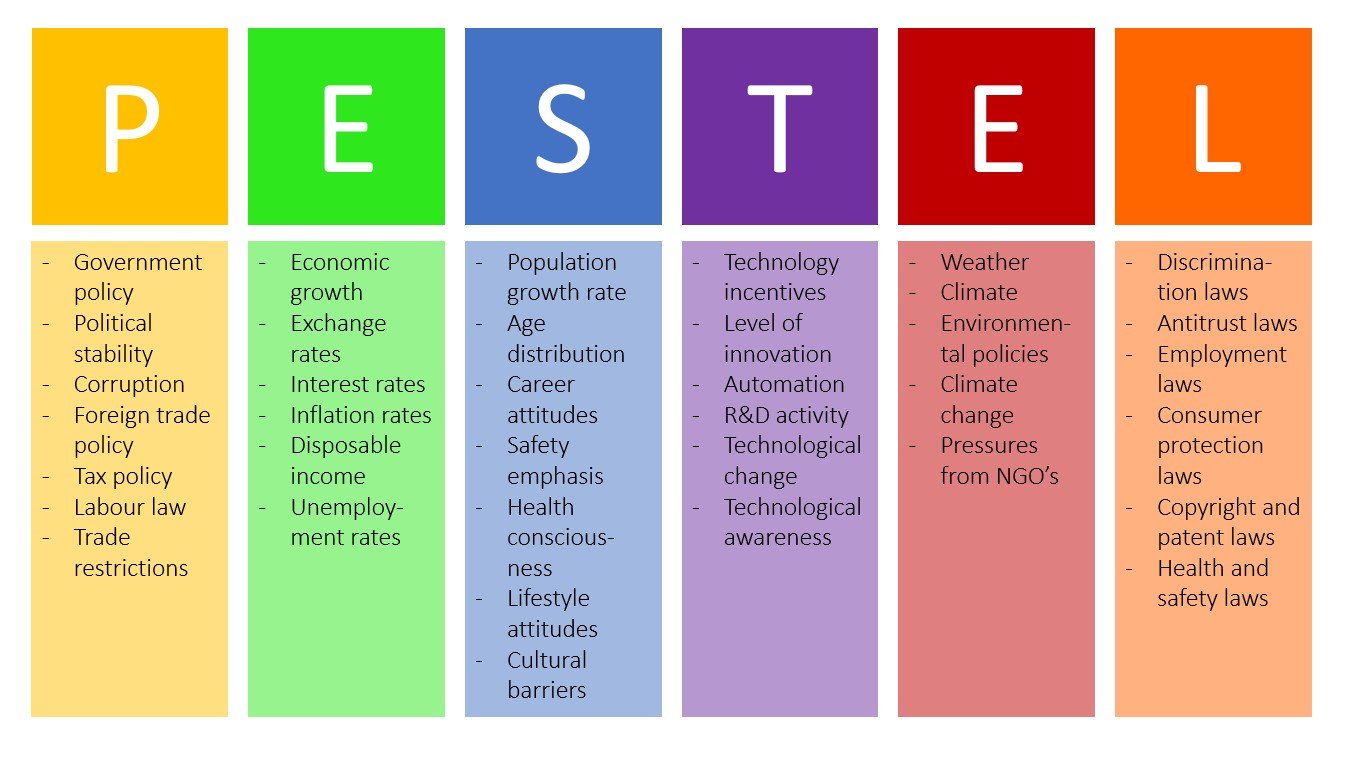
Economic factors
The topography of Australia is not very favourable to agriculture or vegetation. The land is mostly barren, suitable for cattle rearing and wheat cultivation. And while these factors affected the country’s economic situation earlier, today, we see Australia as a rising financial superpower.
Australia is the 13th largest economy in the world, and as of 2017 data, the economy shows a growth of 2%. The country is dealing well with the current pandemic situation as well. However, there is a decline in businesses and investment.
People prefer “pure investments” or putting their money in property/real estate as the prices have dropped drastically. The current currency exchange rate profits affect international business investments, particularly in pharmaceutical companies. The currency rates favour America in particular, and we can see a steady rise in US investment.
Australia is also the preferred headquarters for several Asian companies as it offers low-cost relocation solutions. The tax rates might be a problem for a start-up to handle because any venture crossing $25million has to pay 30% taxes.
Social factors
The social structure of Australia also adds on to its business environment. There are three distinct social classes in the country- working class, middle class, and the elite. The elite makes up 5-10% of the population and own most of the property and capital.
The middle class is the most significant chunk in the social strata. People belonging to the middle-class work in offices, taking up the typical 9-5 jobs in corporations. 20% of the Australian populace is daily workers.
Naturally, tastes and preferences also vary from class to class. And every business venture first has to decide its target audience base to develop relevant marketing strategies. An analysis of the social and cultural factors gives marketers a better chance to enhance their brand’s performance.
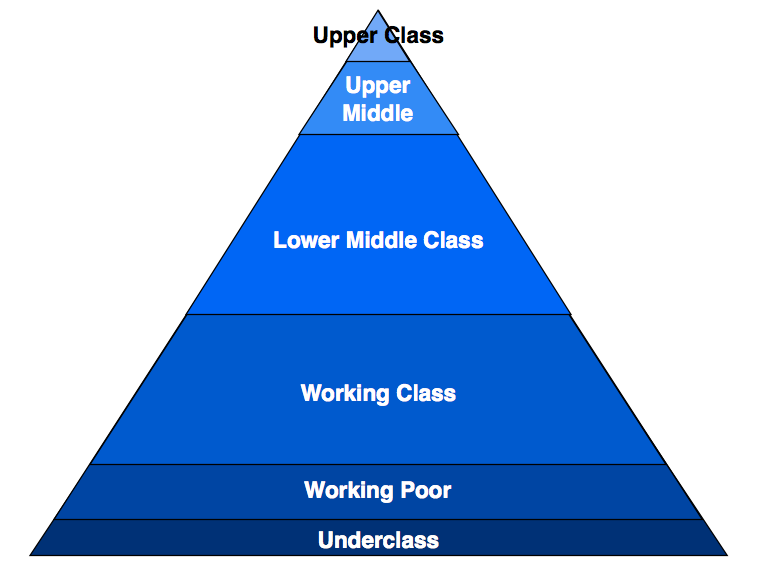
Technological factors
Technology is a driving force that can change the course of any country’s development graph. Australia, for instance, is known to be a reasonably advanced nation when it comes to tech-innovations. And recently, there has been a lot of investment in technical institutes, encouraging students to opt for engineering, computer science and other tech topics.
Australia also has several national research centres where researchers and developers get complete monetary support to fund their projects. A new law passed by the government stirred quite a controversy as it gave officials access over encrypted data.
This decision affected a lot of business holdings and investment opportunities in the country as well. Other than that, Australia is also a good market base for e-commerce ventures and online advertising campaigns.
Download PESTLE analysis of Australia with PDF template
Legal factors
Legal factors create a stable business environment for the country. The legal framework dictates the rules of entrepreneurs, labour unions, set necessary pay regulations and other essential elements. Without these basic parameters, it would be impossible to set a standard yardstick for all business ventures.
The legal system in Australia is favourable to trade and commerce. The nation has fair laws to regulate business, consumer complaints and employee rights. The Fair Works Act of 2009 ensures that the workers get proper wages and working conditions in the workspace.
The privacy laws protect the identity of customers while data protection measures reduce the risk of intellectual theft. With these regulations in place, Australia is a safe space for business ventures to sustain in a healthy market.
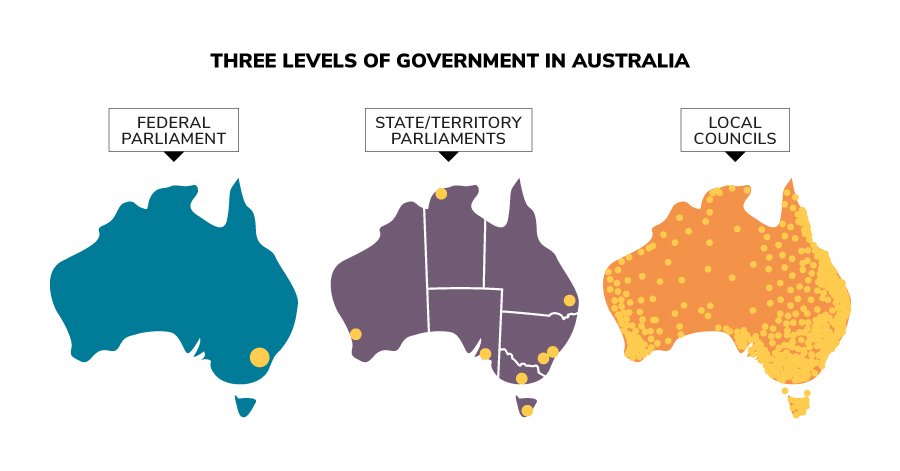
Environmental factors
Environmental factors deal with how we use the natural resources of the country. Australia, for instance, is not rich in natural resources. The significant sources of income in most parts of the country is cattle rearing and wind energy. Therefore, the government is investing a lot of funds in renewable energy sources
Finding clean energy is more sustainable as it causes less wastage, doesn’t fall short and ultimately saves businesses a lot of money. Other than that, Australia has a biodiverse topography where you can find a lot of animals, plants, and insects. The marine life is also very expansive in some parts of the country.
However, climate change, ozone layer depletion and the recent Covid-19 pandemic are threats that might hamper business in Australia. The government has imposed several regulations to control the situation and bring things back to normal.
Structure of PESTLE analysis
Every PESTLE analysis follows pretty much the same format irrespective of the subject. You start off with a brief overview of the topic. Then you dedicate a section to discuss the research methodology and resources used to draft the analysis
Like any other assignment, even the PESTLE report has a proper beginning, middle and an ending. The introduction is where you set the background and context of the business/place/entity. In this case, we can talk about the historical context of Australia and its contemporary state.
The main body is where you get into the intricacies of the analysis. You discuss the various elements/factors of the PESTLE analysis in detail. I often advise students to divide each of the PESTLE features into separate sections.
You can then substantiate your research with journals, credible studies, and other research documents. Make sure that you cite all these sources properly, either as in-text citations or as footnotes towards the end of the paper.
The conclusion is where you can reinstate your key points. Some students also give a brief outline of the future prospects and potential of the subject in question. This earns you some extra brownie points with your professor.
End your PESTLE analysis with a detailed reference list and annotated bibliography. It would be better if you consult your peers or teacher about the referencing style and structuring of the paper. I usually recommend students to opt for APA or Harvard referencing formats as they’re better suited to stat-based documents.
Quick links and references
I have curated a list of some quick sources and reading material that you can refer to. These sources come from college websites, and govt approved articles, so feel free to cite them in your next marketing research assignment as well!
Australian PESTLE analysis sample
Citation generator: Citethisforme
In-text referencing guidelines
The bottom line
PESTLE analysis teaches you the critical points about market research. Students who practice the PESTLE analysis techniques often gain a broader perspective and a deeper grasp of the subject.
Most B-schools and marketing curriculum follows the PESTLE analysis. Students are sure to find some marketing assignment on PESTLE, wherein they have to evaluate a business venture, place or even entity.
In this case, I have tried to apply the PESTLE principles to the country of Australia, trying to holistically analyse the state. I hope this document helped readers understand how PESTLE analysis works. Good luck with your next assignment!
Download PESTLE analysis of Australia with PDF template

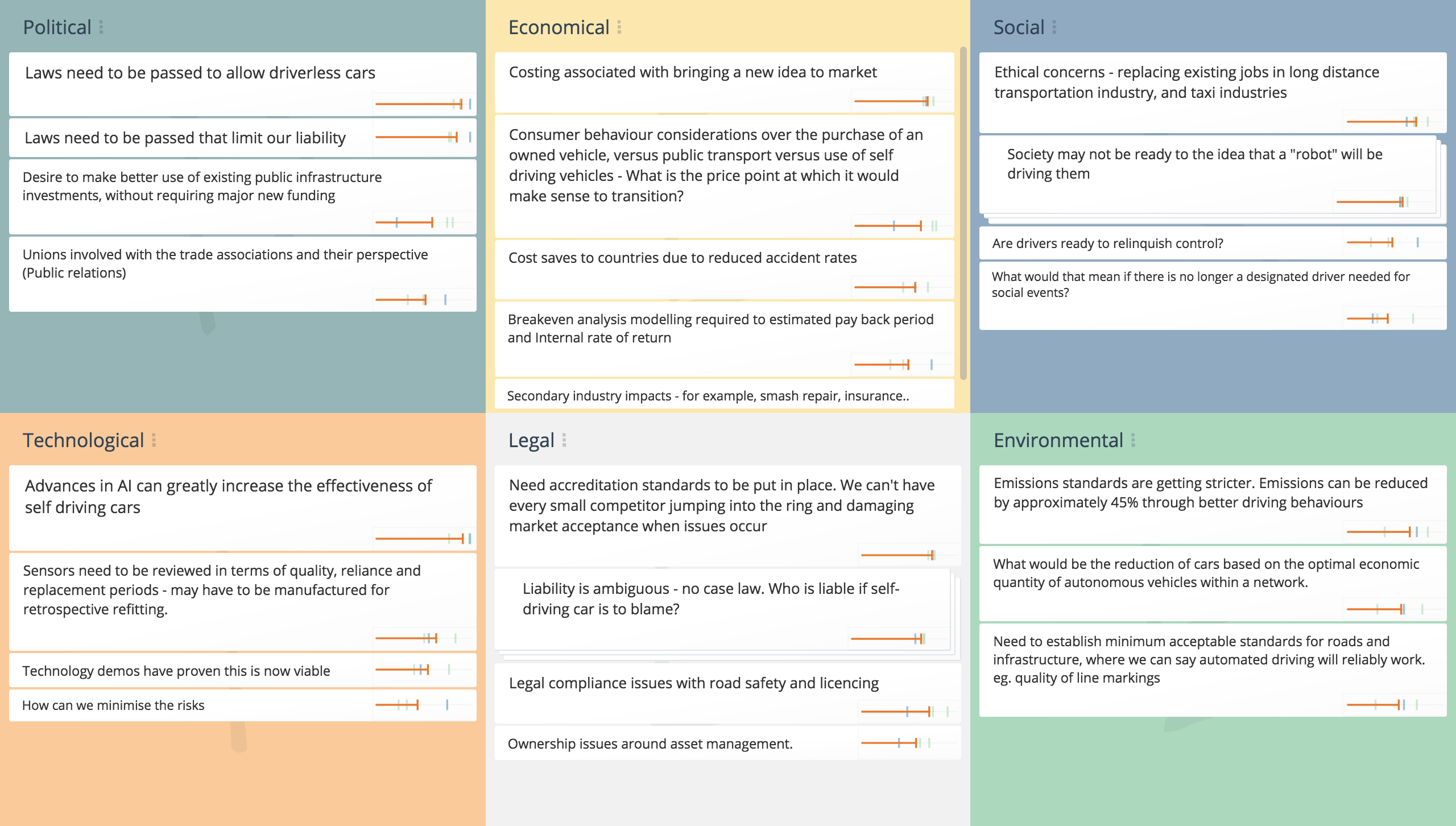
 WhatsApp Us
WhatsApp Us